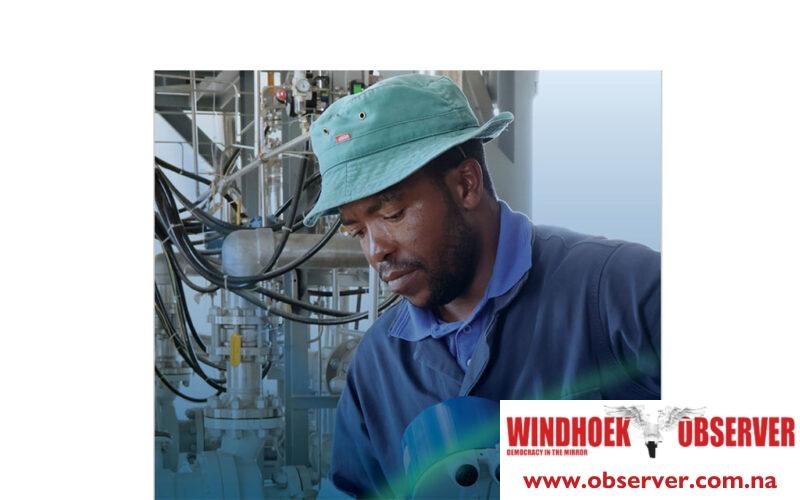Chamwe Kaira
The Namibia Green Hydrogen Programme (NGH2P) is in advanced talks with the European Investment Bank for a €500 million (approximately N$10 billion) facility.
The proposed facility carries a 3.5% interest rate with a five-year grace period.
Earlier this year, the programme, in partnership with the ministry of finance, submitted a funding proposal to the Climate Investment Funds’ Industry Decarbonisation Program under the Clean Technology Fund.
The requested amount ranged from $50 million to $250 million, with a low-cost facility averaging 1% interest in USD.
This funding has been awarded, and the NGH2P is now in the project pipeline stage to select public and private projects for financing. It is expected to attract a 3:1 ratio in co-financing from other development institutions.
The head of the NGH2P, James Mnyupe, said the sector recorded significant progress in the first half of 2025.
He reported that about N$2.08 billion has been committed so far across pilot projects, commercial activities, and technical consultancy.
One of the key achievements is the commissioning of HyIron–Oshivela near Arandis.
On 12 March 2025, the facility began producing sub-Saharan Africa’s first green hydrogen-powered iron.
The plant hosts a 12 MW electrolyser, the largest of its kind in the southern hemisphere, positioning Namibia as a leader in renewable-powered production.
Mnyupe said more than 800 Namibians have been employed across early-stage projects.
He also stated that about N$170 million has been channelled to local small and medium enterprises (SMEs), supporting the localisation agenda and early value chain development.
To improve coordinated infrastructure planning, the NGH2P secured N$3.6 million from Germany’s federal ministry for economic affairs and climate action.
The funding supported a best-practice study focused on common-user infrastructure, such as pipelines, desalination systems, rail, ports, and energy corridors. The study, expected to conclude soon, will guide integration among parastatals like the Namibian Ports Authority (Namport), the Namibia Water Corporation (NamWater), the Namibia Power Corporation (NamPower) and TransNamib Holdings Limited (TransNamib).
The NGHP2 also raised N$2.5 million to carry out three pre-feasibility studies. One study confirmed that a competitive ammonia and fertiliser plant near Neckartal Dam aligns with the dam’s agricultural purpose. Local fertiliser production would reduce imports, support exports, and boost food security.
Agriculture is one of the current administration’s key priorities, aligning with hydrogen sector initiatives.
The Daures Green Hydrogen Village (DGHV) pilot, now fully complete, has received additional funding to produce green ammonia for fertiliser.
The 15,000-hectare project aims to meet up to one-third of Namibia’s fertiliser demand during the pilot phase.
Backed by €13.8 million, the project integrates solar, wind, water, and housing systems to support national food security.
The study identified optimal sites for large-scale green hydrogen and derivative production.
These sites could support green steel manufacturing, agriculture, lithium beneficiation, and electricity exports through the Southern African Power Pool.
It also found Namibia has an estimated 20–35 GW of offshore wind potential near Lüderitz.
A pilot wind turbine project is recommended to help build local expertise and technical skills.




